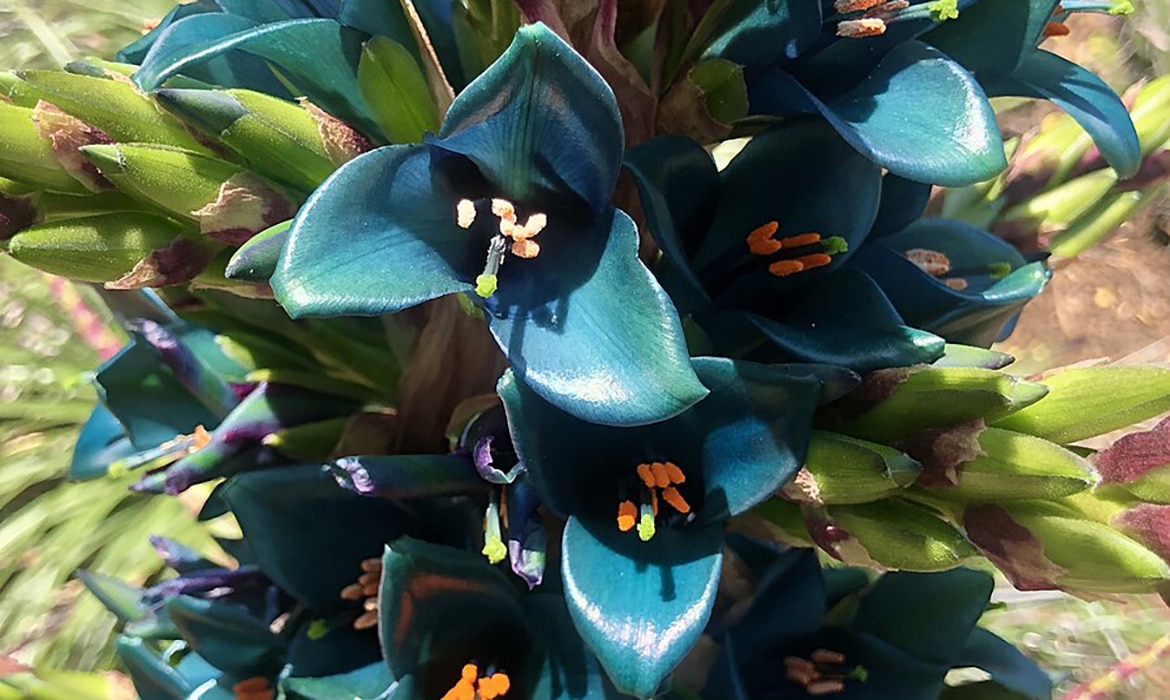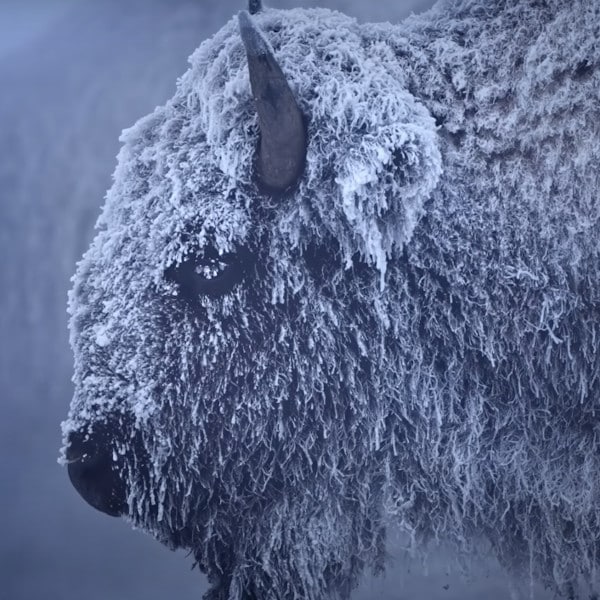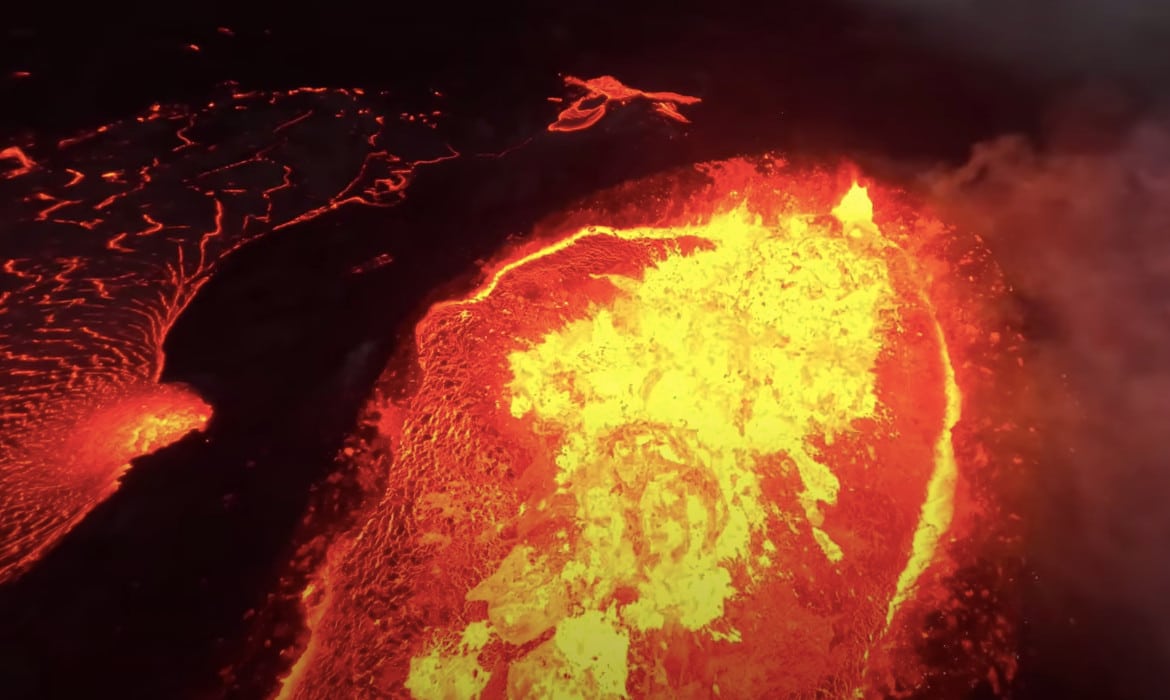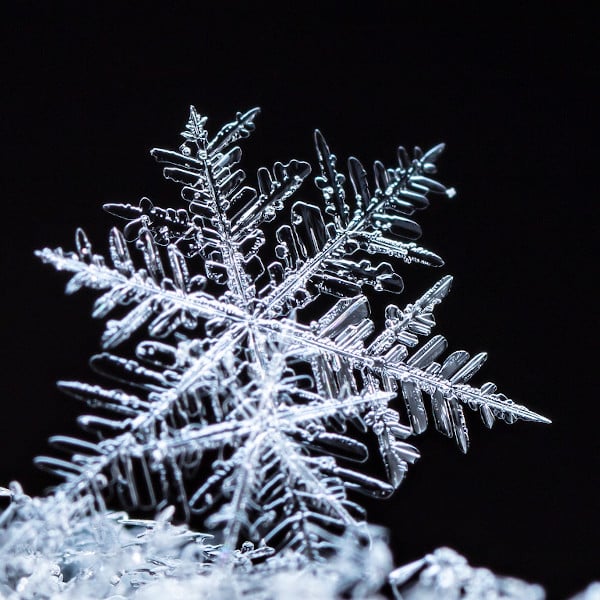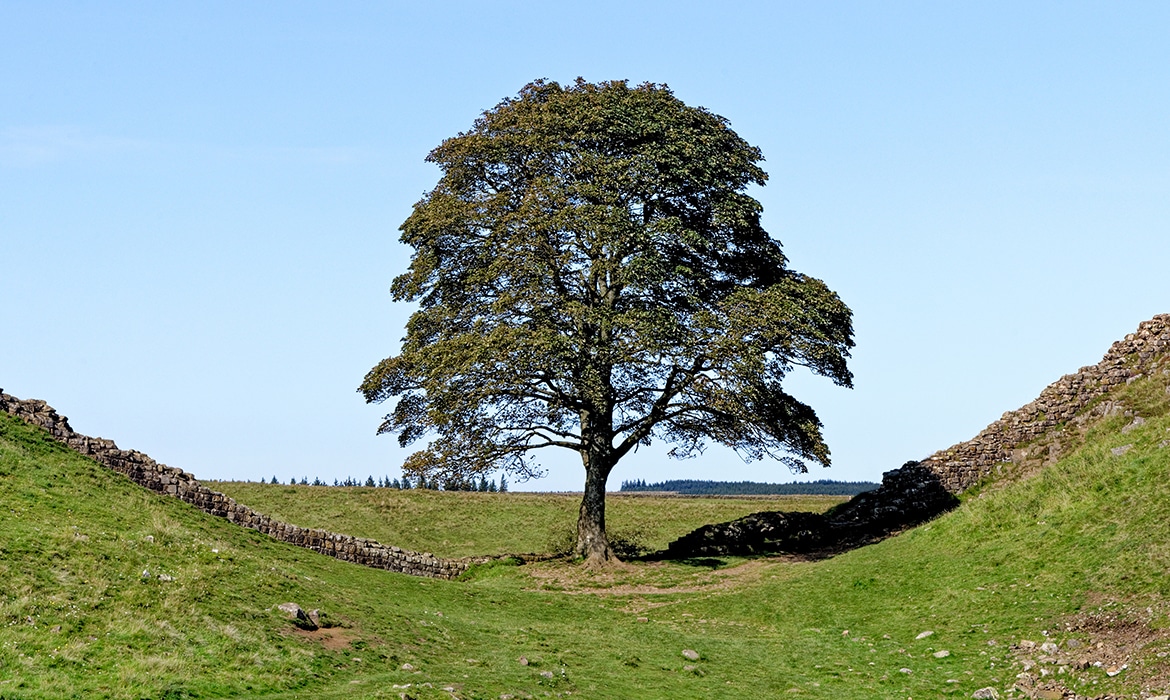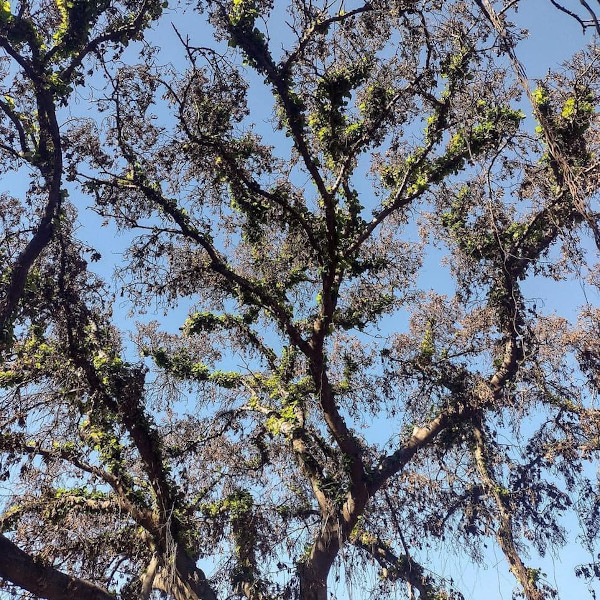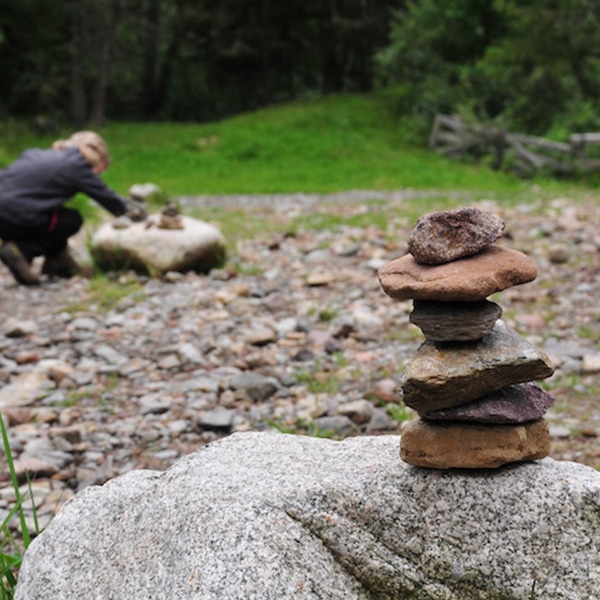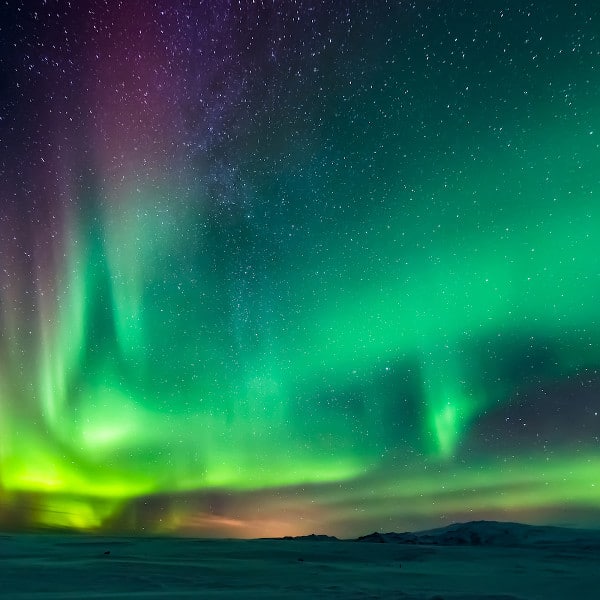Rare Sapphire Tower Plant Blooms for First and Last Time After 20 Years
Many beautiful things prove exceptionally worth waiting for. Among these, and particularly among the slow-moving wonders of nature, is the Sapphire Tower plant. This large plant is native to the footlands of Chilean mountain regions, growing in elevations of up to 2,200 meters (about 7,218 feet). It can also be found in greenhouses and botanical gardens around the world—including one specimen at The Birmingham Botanical Gardens in the UK.
